‘Decay Is a Form of Preservation’: Asim Waqif
A contentious negotiation with the material he uses is at the centre of the artist's oeuvre. Best known for his work with bamboo, he also creates aesthetic sculptural forms from waste. Verve interacts with the recipient of the first Asia Arts Pathbreaker Award 2024 at his studio in New Delhi
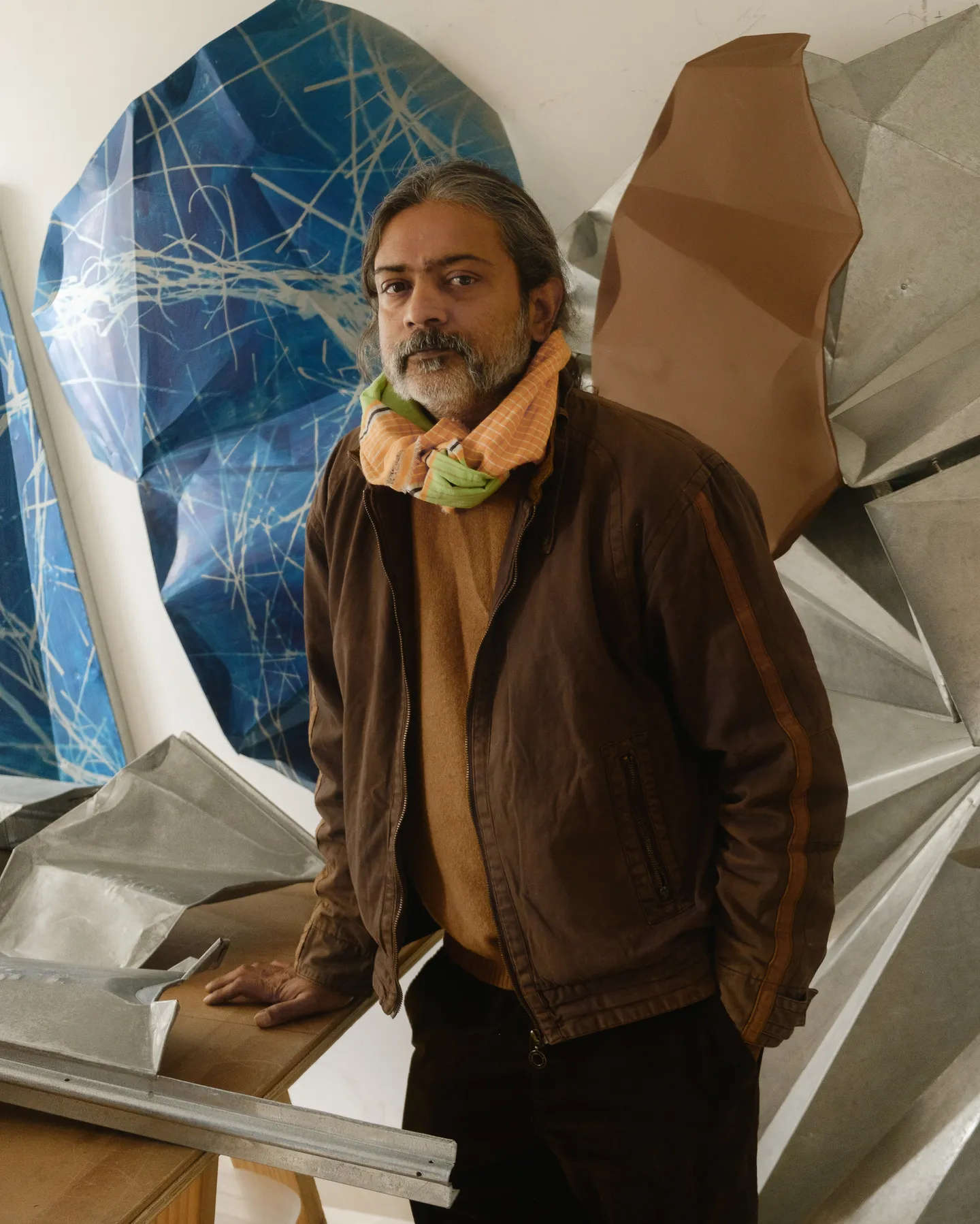
I show up at Asim Waqif’s door in Vasant Kunj in Delhi, only to be told that he’s at his “workshop” in the building opposite. Struggling to contain a chuckle — I’ve never heard of an artist’s studio being referred to as a workshop before — I walk over. I’m not the first to make this mistake this morning; Verve’s photographer Asad Sheikh had also shown up at his residence a few minutes earlier (before being promptly escorted to Waqif by his younger daughter).
As I enter the apartment — the third and smallest space he’s operated out of after the pandemic — it becomes clear why “workshop” might be a more appropriate moniker for Waqif’s studio. A wide assortment of objects are strewn across the four rooms, with works in varying degrees of completion stacked up on tables and against walls. Hundreds of tools are stuffed into drawers, lying on chairs and occupying pride of place on counter spaces. Crowbars and hammers, screwdrivers and indistinguishable pieces of flat metal all come together in a melange that offers a revealing glimpse into a trademark living, breathing style cultivated over the last two decades.
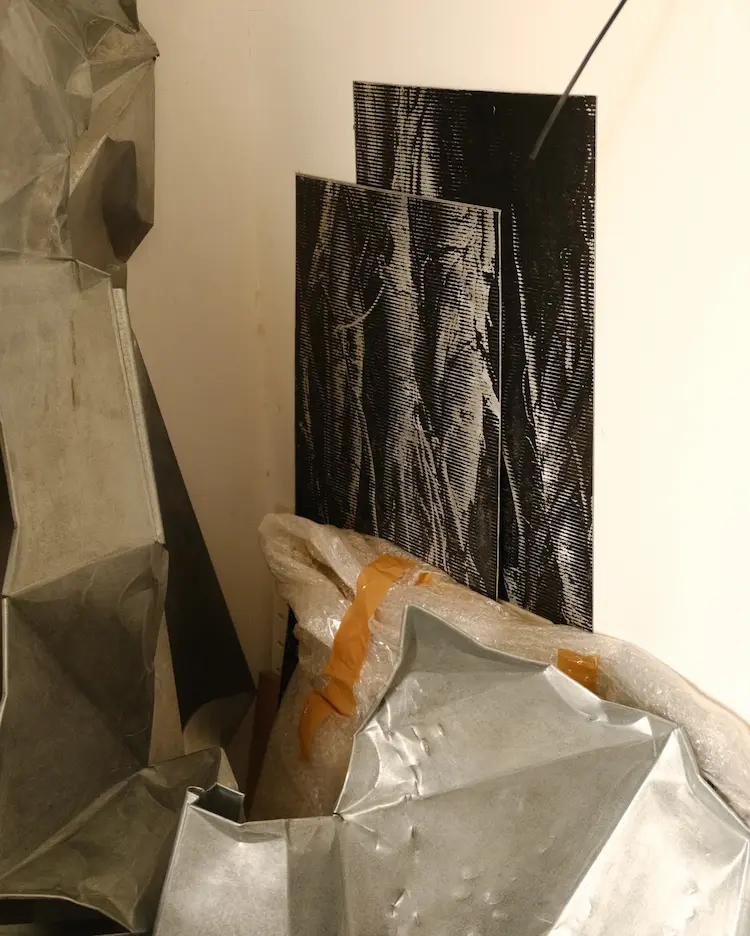
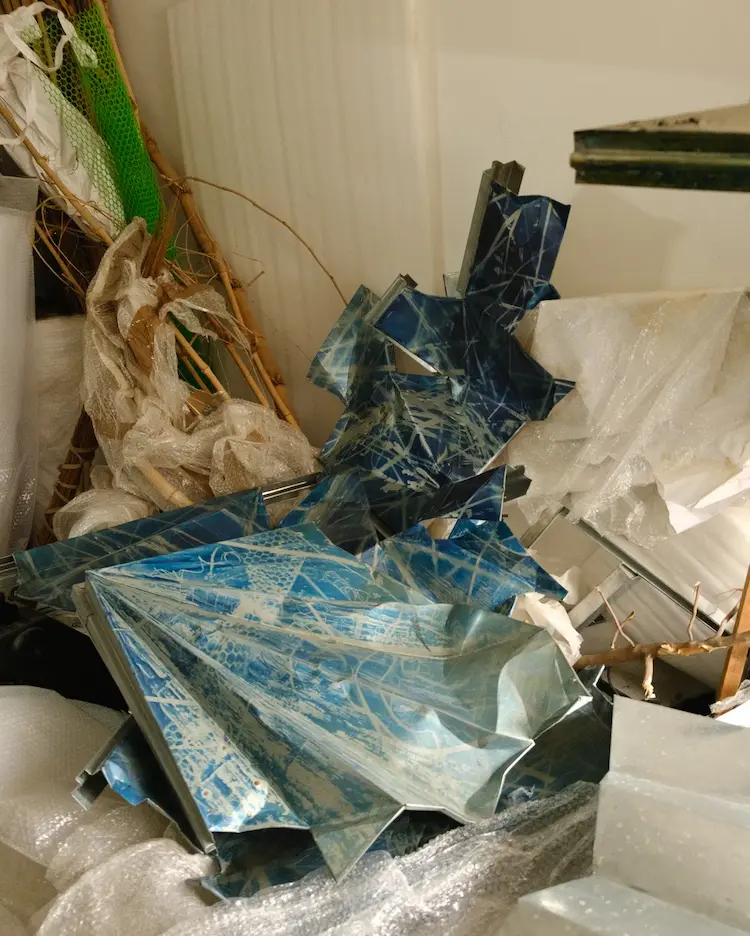
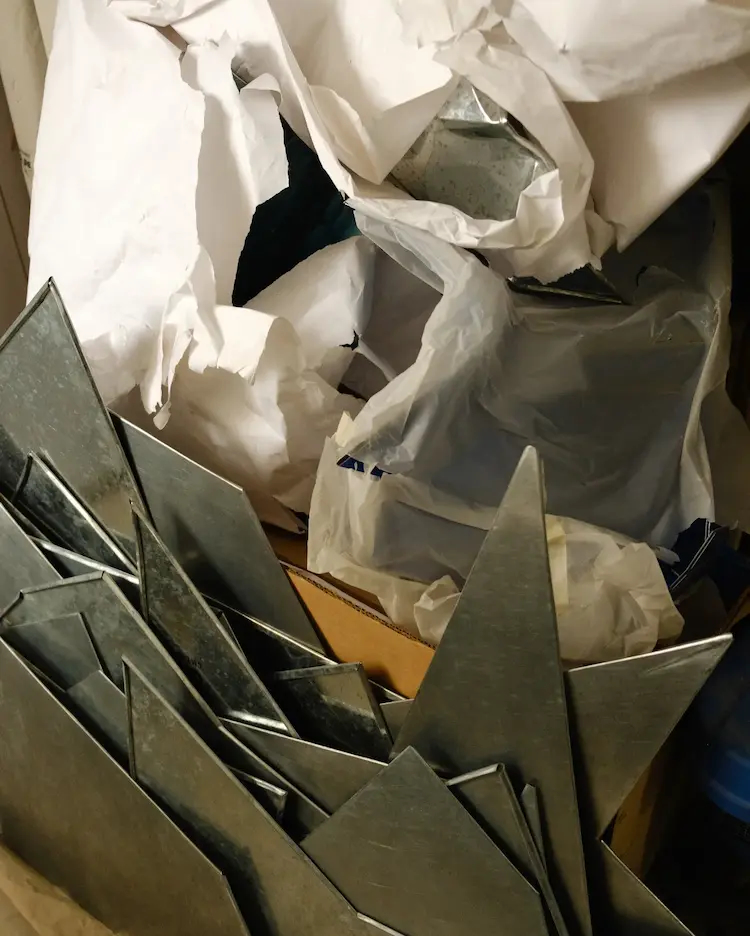
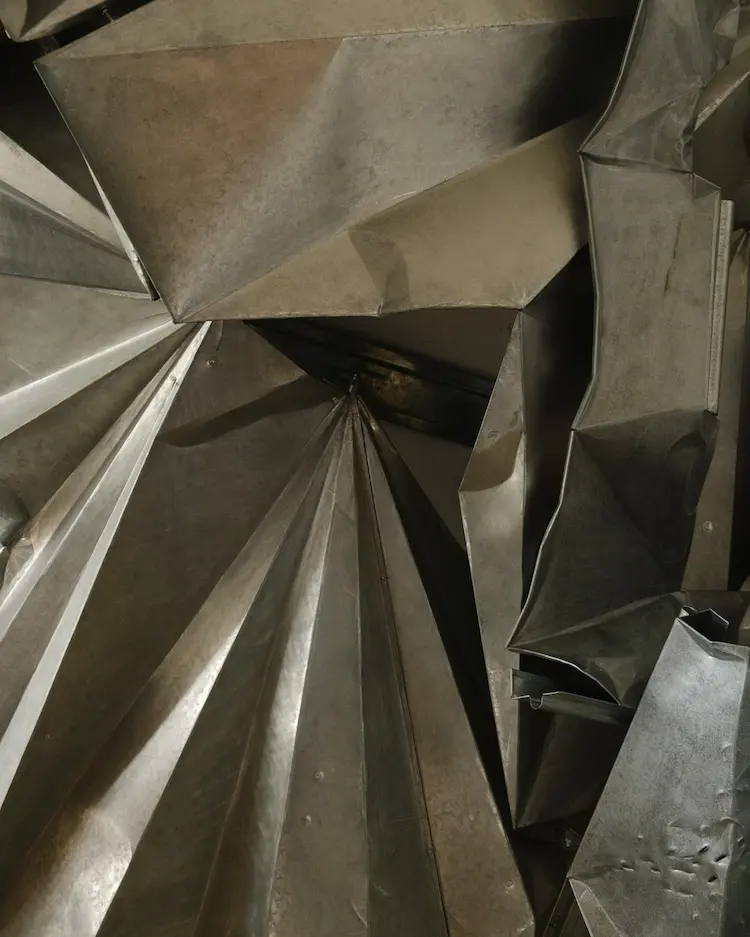
Perhaps it’s apt that Waqif thrives in such a setting. He studied at the School of Planning and Architecture in Delhi and then worked as an art director on film sets and as a documentary filmmaker before finally taking on the mantle as a full-time “artist”. His practice spans a range of disciplines — from art and architecture to design — and has driven conversations around what constitutes public space and how we occupy these. He’s also quite good at what he does: the reason I’m here is because Waqif is the recipient of the first Asia Arts Pathbreaker Award being presented by the Asia Society India Centre in February.
As we meander across rooms, he tells me about how his first job after college was as an apprentice at an old-school carpenter’s workshop where he was “taught how to maintain tools before being allowed to use them”. I ask him what his instrument of choice is. The reply comes in an instant: “Knives!” With a gleam in his eyes, he pulls out an impressive collection: scythes traditionally used to hack through fields or forests, curved saws to cut the rounded edges of bamboo, pruning shears with shorter blades but longer and sturdier handles. They’ve been collected from all over the world and used in all sorts of projects over the years. His favourite? A delicate, incredibly sharp Japanese knife. “That,” he assures me, “is for sushi.”
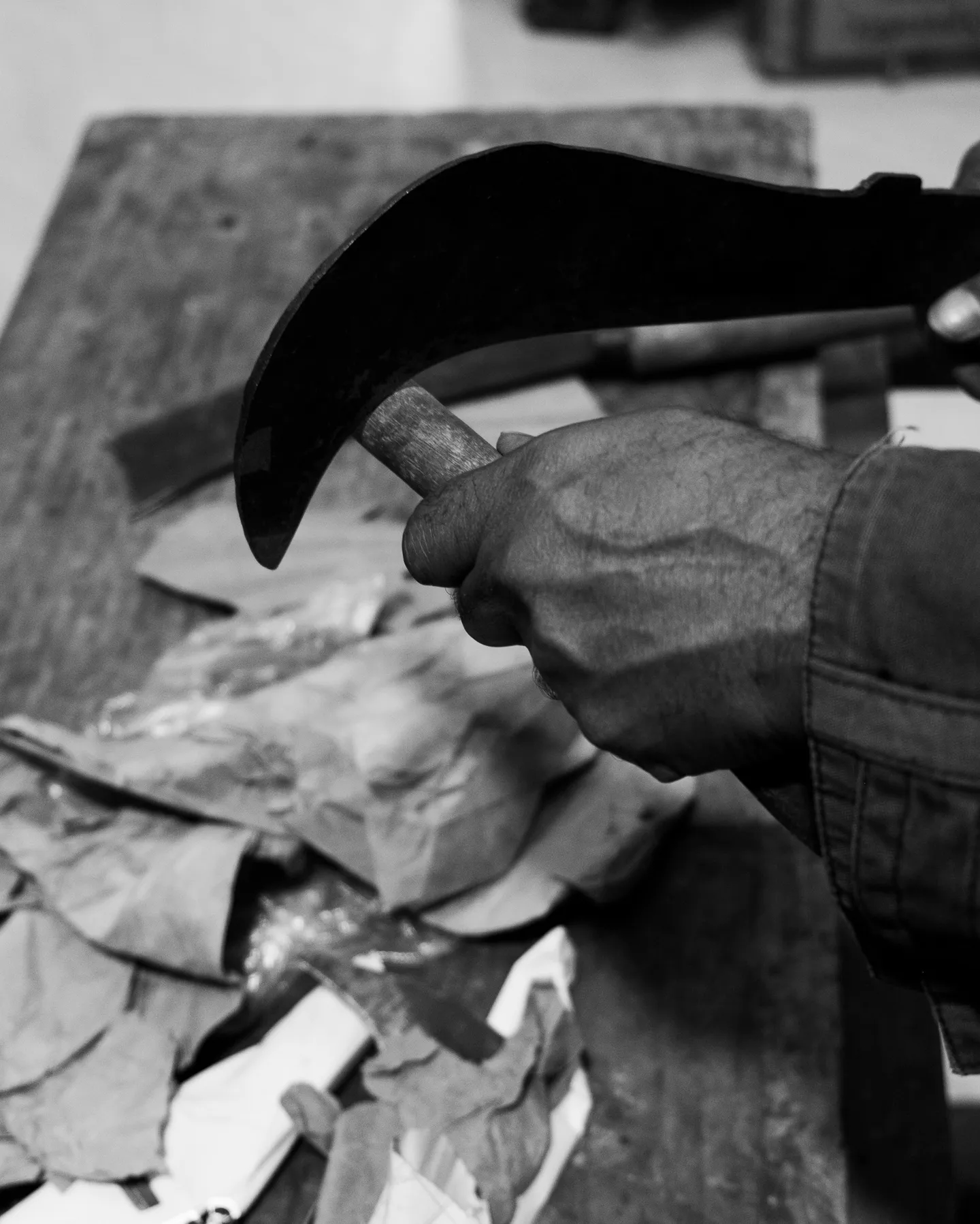
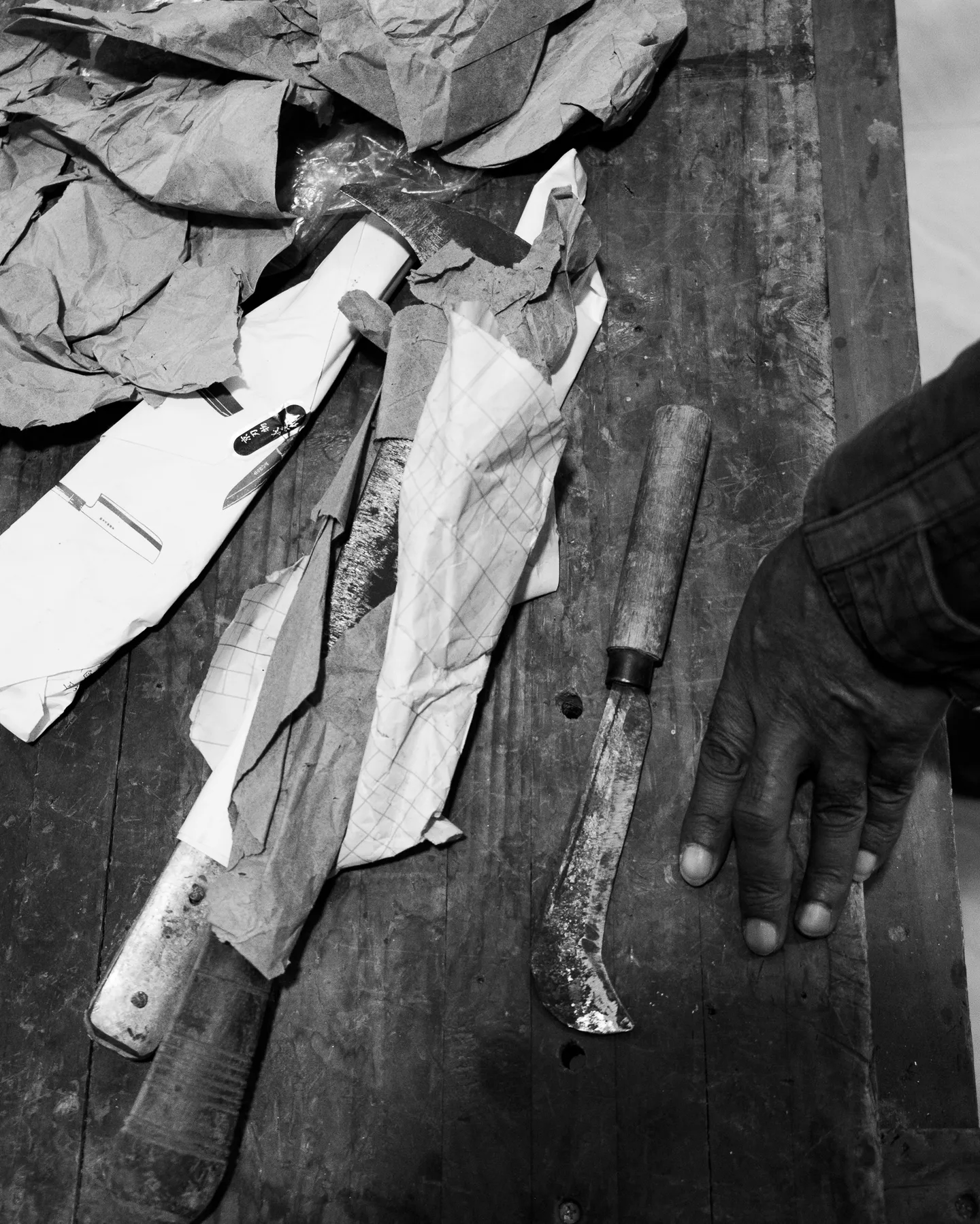
Waqif is best known for his work with bamboo. After his first installation baans (2005) — as part of a residency at Khoj Studios and prompted by the Delhi-based arts organisation’s director Pooja Sood — he has gone on to make Durga Pujo pandals out of intricate bamboo mesh in Kolkata and (most recently) a spectacular bamboo shelter for the Hayward Gallery terrace in London as part of the prestigious Bagri Foundation Commission. His most ambitious project, however, is a bamboo plantation in Sylhet, Bangladesh called Bamsera Bamsi. Supported by the Samdani Art Foundation, the plantation — now entering its seventh year — is a living sculpture that Waqif returns to periodically to mould and shape into newer forms, crafting bridges and structures and shapes into a grove that keeps getting denser.
Eventually, what happens to all these large-scale installations? “My installations take really long to put together — and then they are disassembled and sold to scrap or secondary markets. I like working this way, it’s better than making something that lasts forever and ever,” says Waqif.
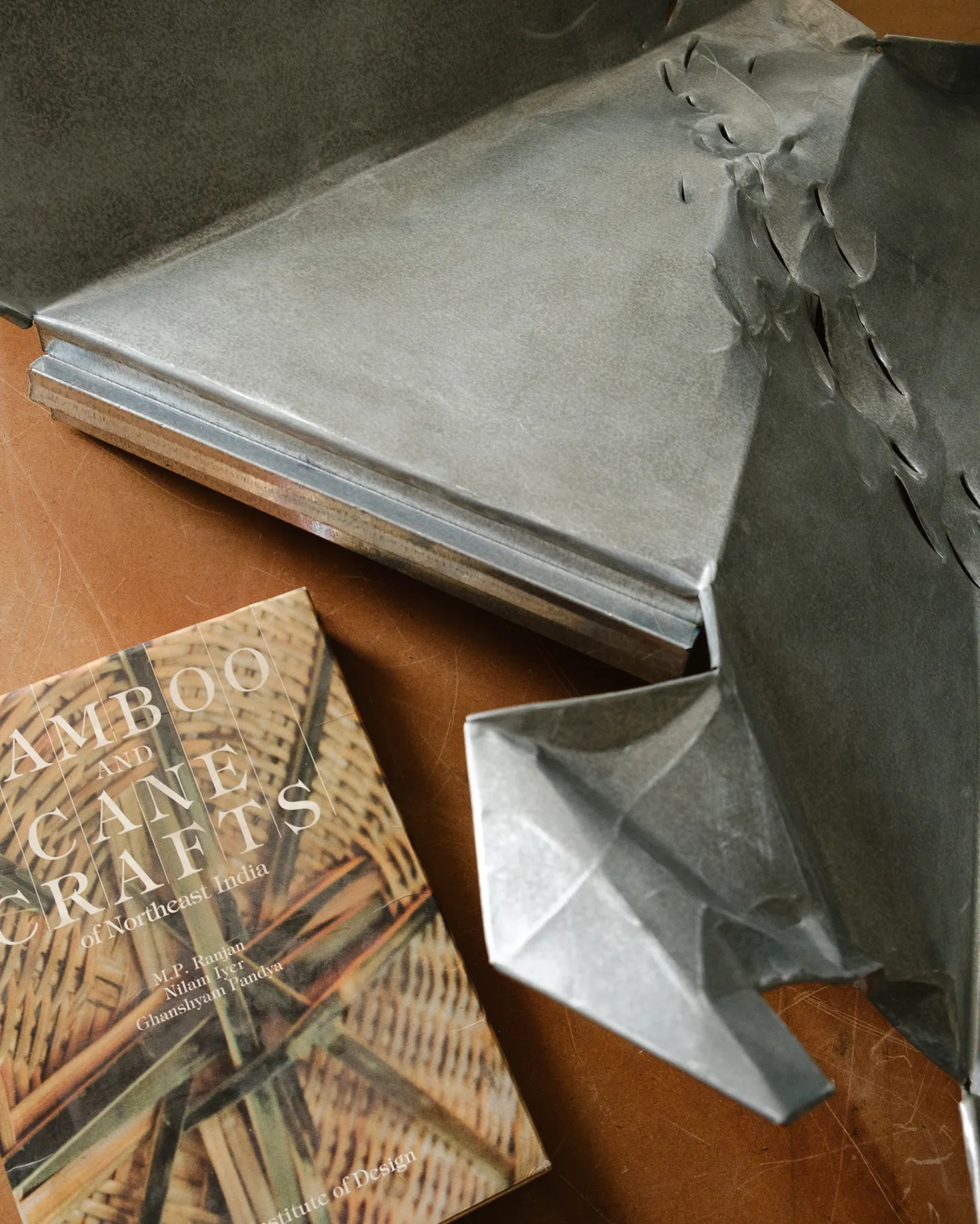
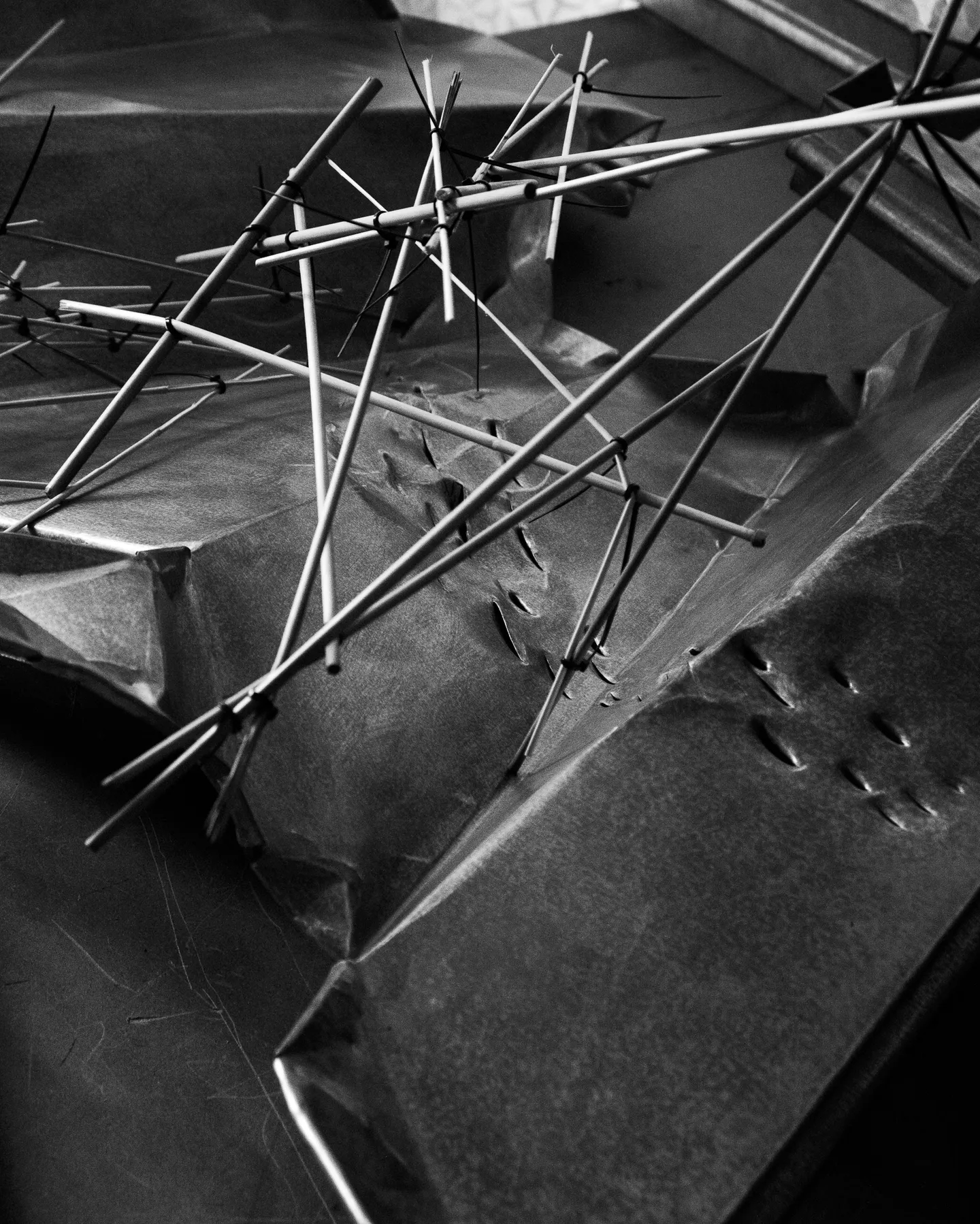
A contentious negotiation with the material he uses is at the centre of Waqif’s work. As an architect, he spent time visiting a variety of stepwells across Rajasthan — a passion that’s continued, albeit in a morphed form. With bamboo, Waqif has been at the forefront of a research project started in 2005 that looks at the “prototyping of non-chemical bamboo-seasoning techniques based on vernacular practices in the North-East of India”. Bamboo, Waqif explains, might be natural — but the toxic products used to treat it to prevent it from decaying have a significant negative impact on the environment. The ecological sensitivity intrinsic to his practice, then, demands an ethical commitment towards finding a solution.
There’s no bamboo around right now, however. “Please write about that,” Waqif mumbles, adding, only half-jokingly, that he’s “tired of being called a ‘bamboo artist’ in all the pieces written on me”. The size of the apartment, and the monumental scale of most of his works involving bamboo, mean that Waqif’s installations are all site-specific. The workshop, instead, is filled with battered sheets of galvanised steel sporting shades of azure blue.
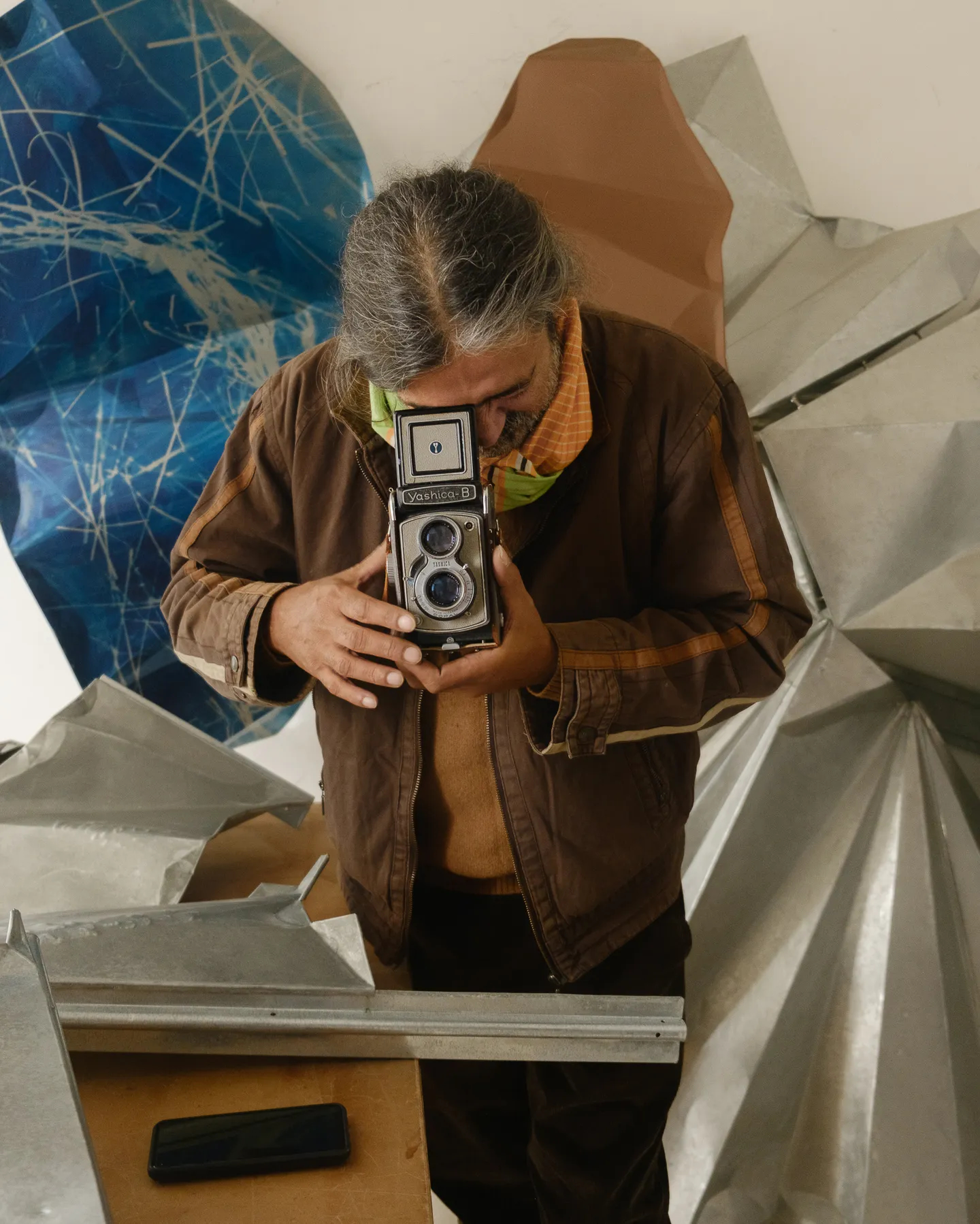
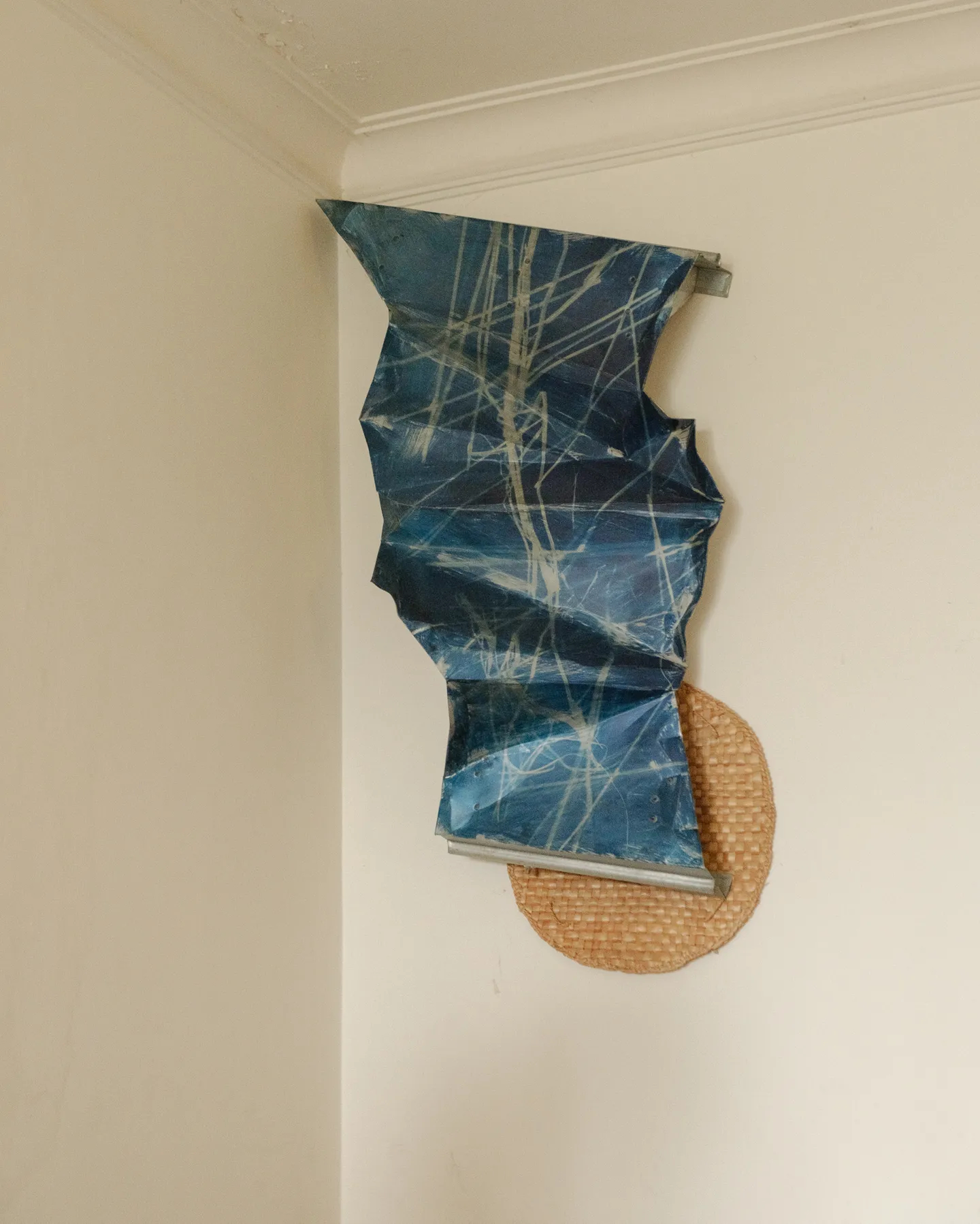
Created in collaboration with a local trunk maker in accordance with paper models fashioned by Waqif, these sheets are part of a new body of work that he’s playing around with. Once bent into shape, these sheets — resembling origami mountain folds — are then shaped using Waqif’s assortment of tools before getting coloured using a remarkable photosensitive cyanotype process in the darkroom within the workshop. The result is beautiful sculptural forms washed over with striking, almost fluorescent tints. Of course, as with everything Waqif does, the aesthetic exists primarily at the service of the political. With bamboo, Waqif turns to the politics of sustainability. With rubber waste, he’s making a statement on consumption. He remarks playfully, “People with more privilege create more trash. So, I want to see if I can put some trash back in their homes in some shape or form — that’s what I’m trying to do with the sculptures.”
Waqif is deeply troubled by consumption and reminds me that tuberculosis was once called consumption because the disease saw the body eat itself. In the modern world, this analogy runs deeper: we are consumed by what we consume. His work extensively reuses materials that would otherwise be considered worthless — Bordel Monstre, his first exhibition in Europe at the Palais de Tokyo in Paris, used bits and pieces left over from earlier exhibitions; All we leave behind are the memories, presented at the 8th Asia Pacific Triennial of Contemporary Art in Brisbane used reclaimed timber from demolition sites across the city; and Pretty Wrecked at the Chicago Architecture Biennial used discarded rubber tubing from the Chicago Resource Center.
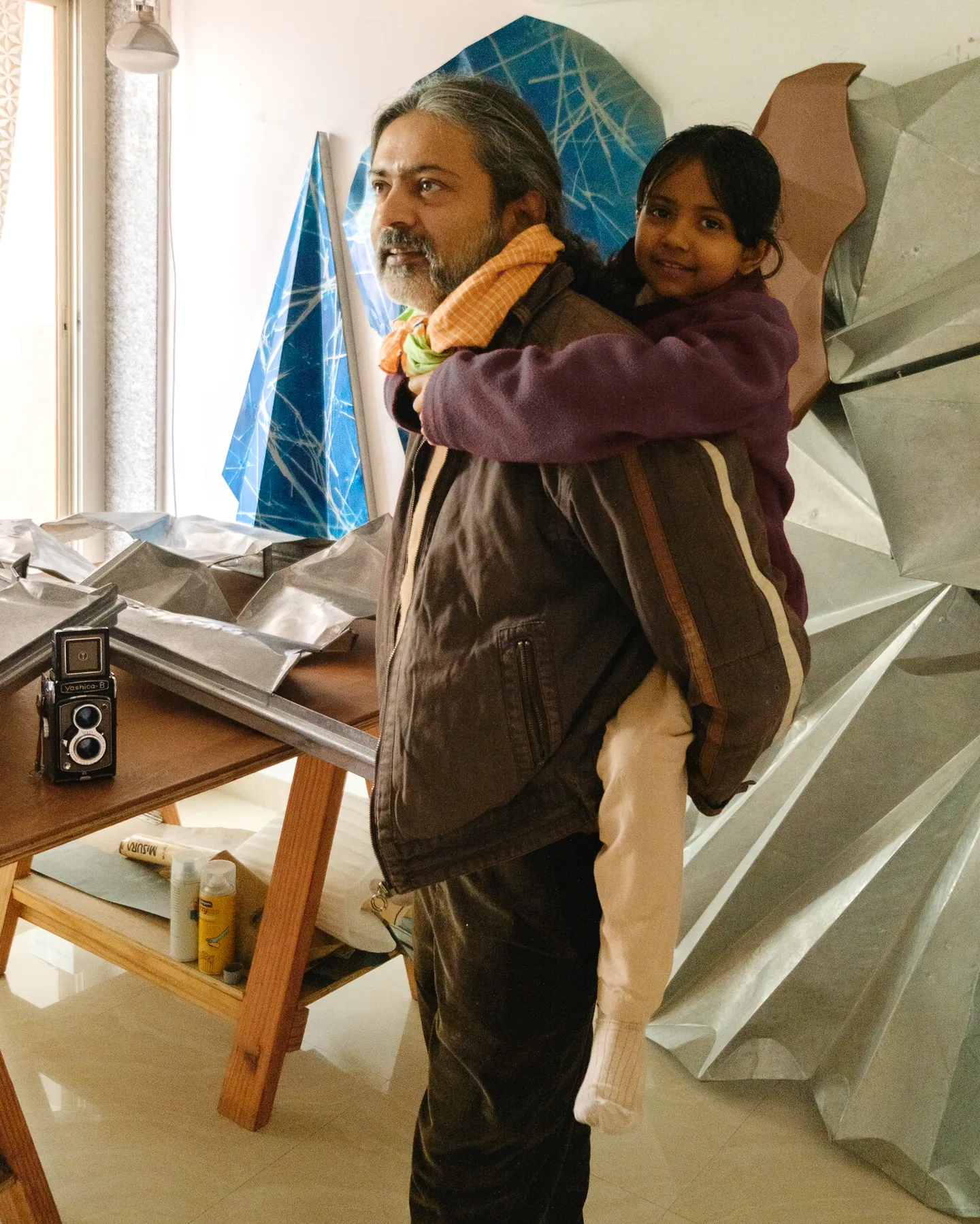
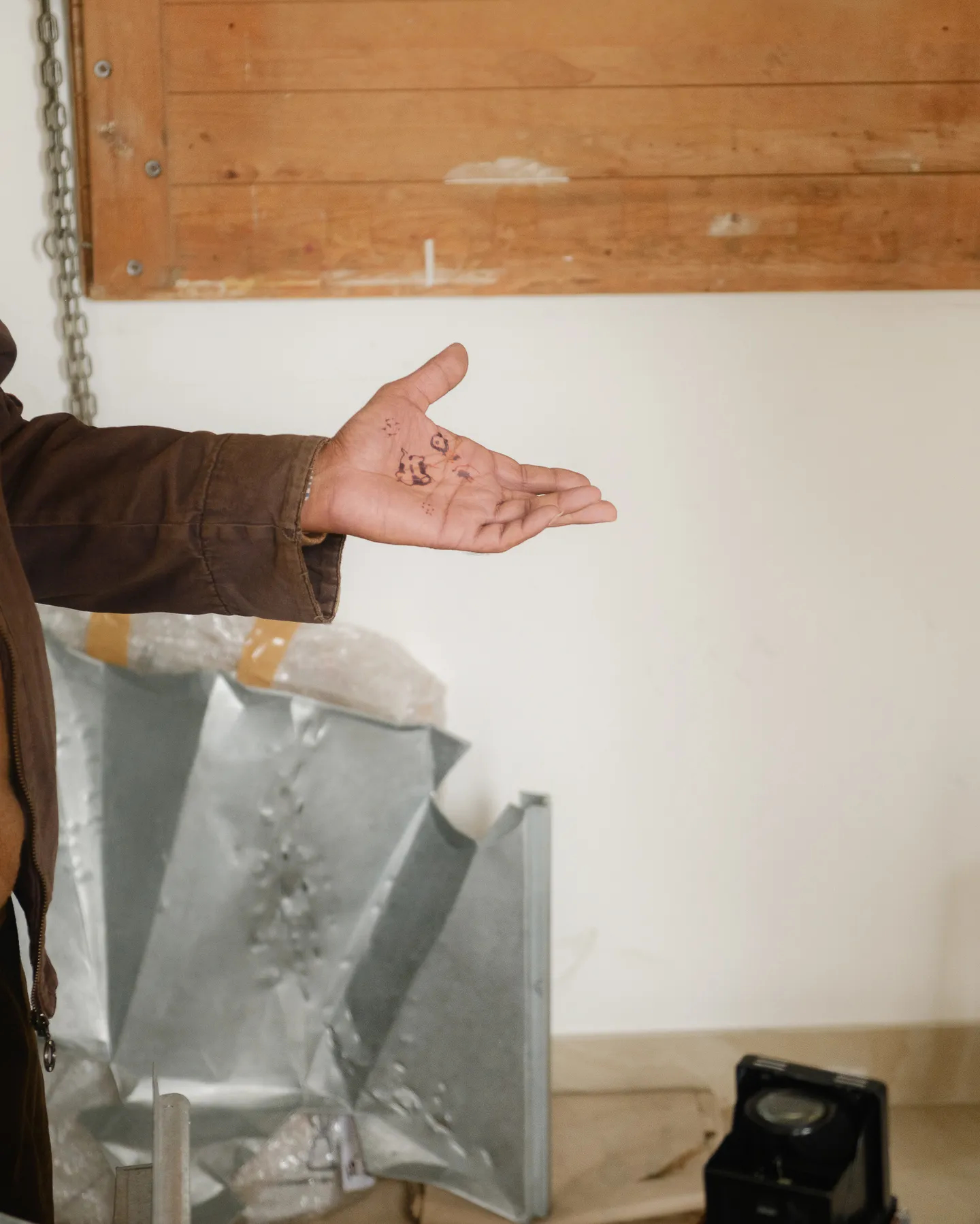
The conversation now shifts to the living room of the home that we have walked over from. Schools have been shut because of the biting cold and Waqif’s younger daughter’s Zoom class has just ended. Her doting father — whose most prized artwork is a henna drawing made by her in cahoots with her older sister and cousins on his hand — has been summoned back.
Sipping on a cup of chai that’s just been offered to me, I ask whether Waqif has read the book I sent over when we first spoke a few weeks ago. He hasn’t. The book in question is E. M. Cioran’s remarkable A Short History of Decay, written after World War II, and I’m curious to delve deeper into Waqif’s aesthetic and theoretical engagements with the tortuous, complex ways in which materials come apart at their seams.
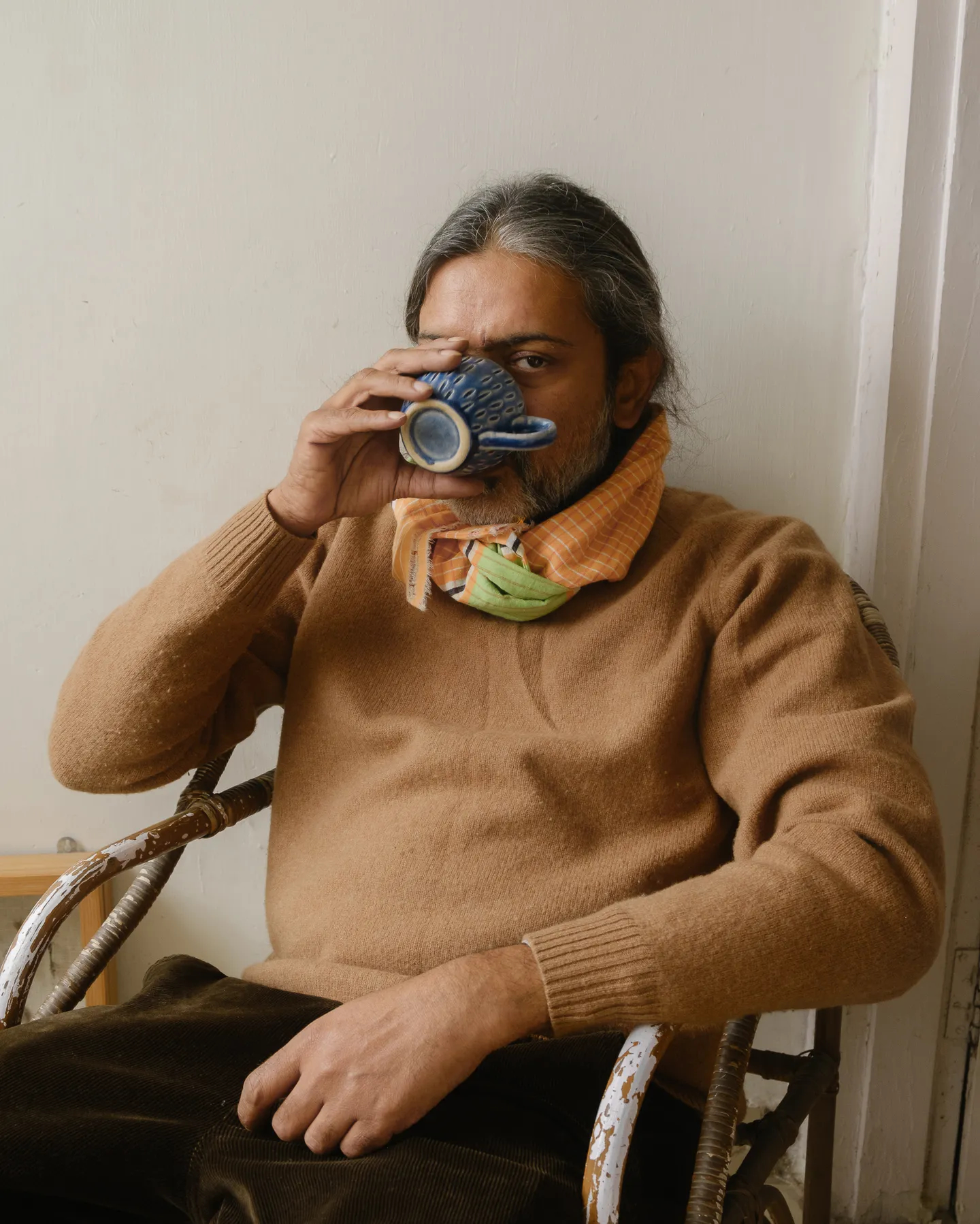
“Decay and destruction usually have a negative connotation in people’s minds. But if you want to build something, you have to break something. Breaking and demolishing can actually be constructive processes,” Waqif muses. “To me, decay is a form of preservation — like fermentation. You can save things by rotting them.” This fascination with rot informs Waqif’s work in Delhi, which — with its constantly shifting demographics and structural transformations — offers an ideal canvas for both observation and creation. As one part of the city falls into disuse, another takes on a new life of its own, igniting the artist’s interest in abandoned spaces. We share our experiences as two migrants to the city — him, an older one from Hyderabad, and me, the newer entrant from Mumbai.
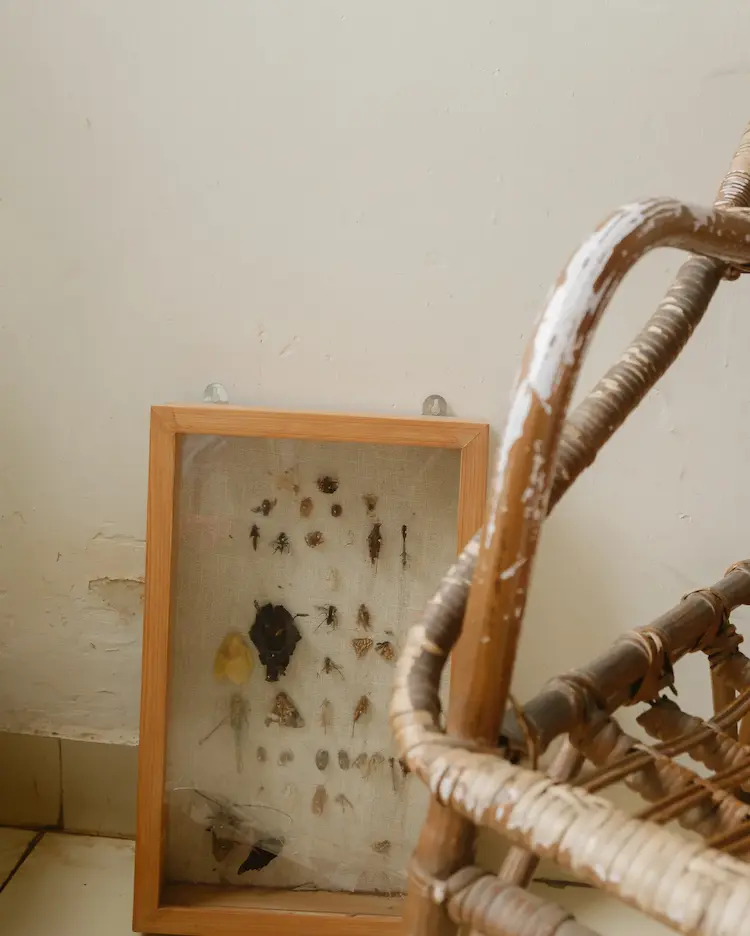
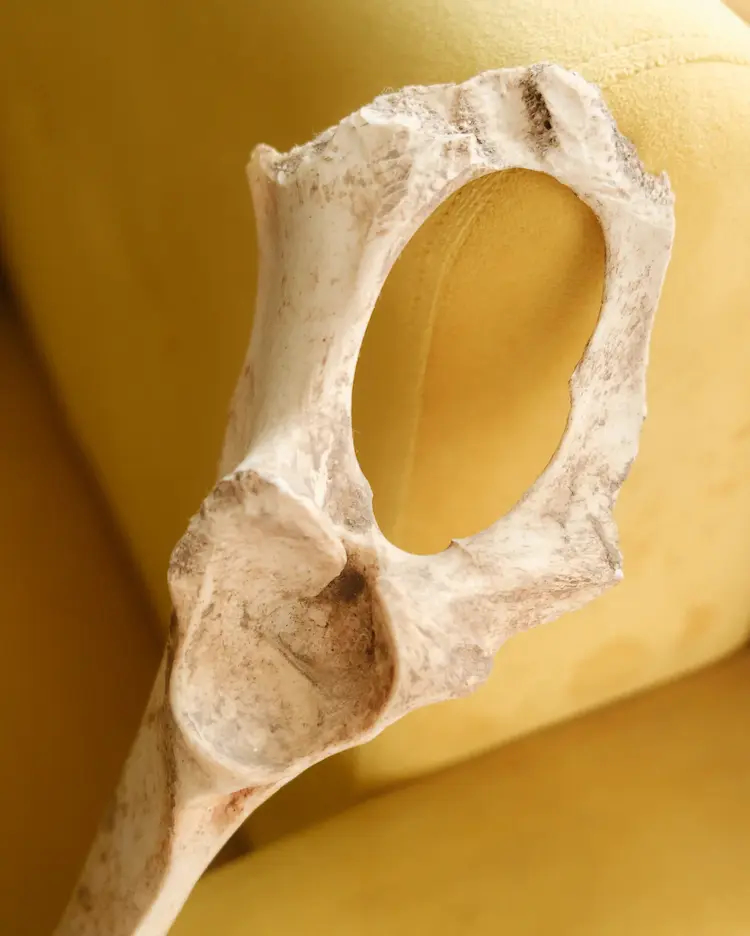
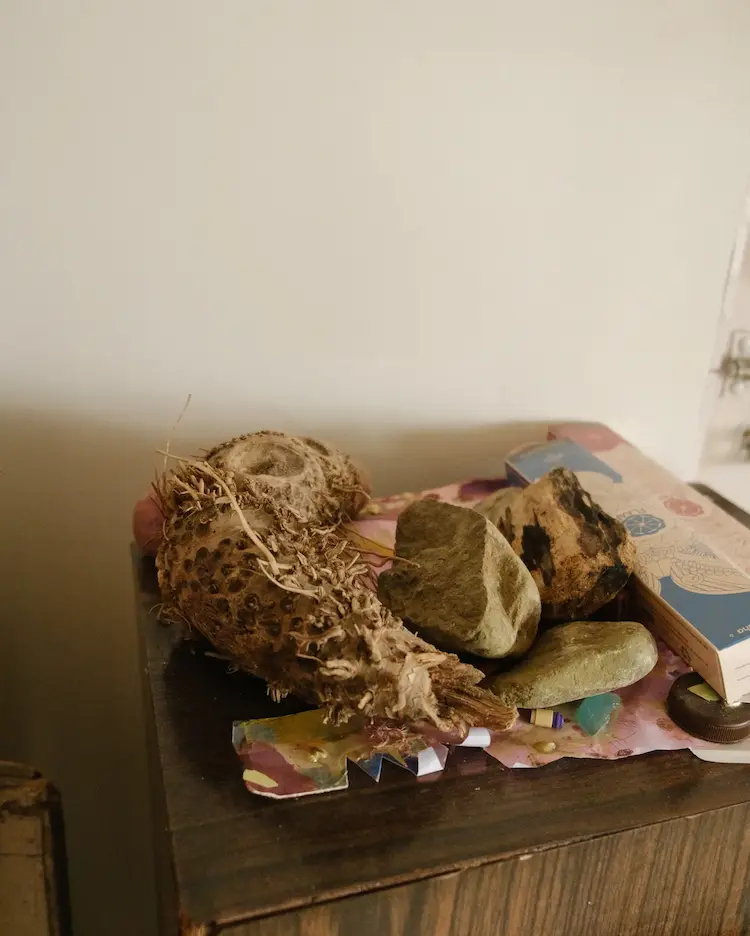
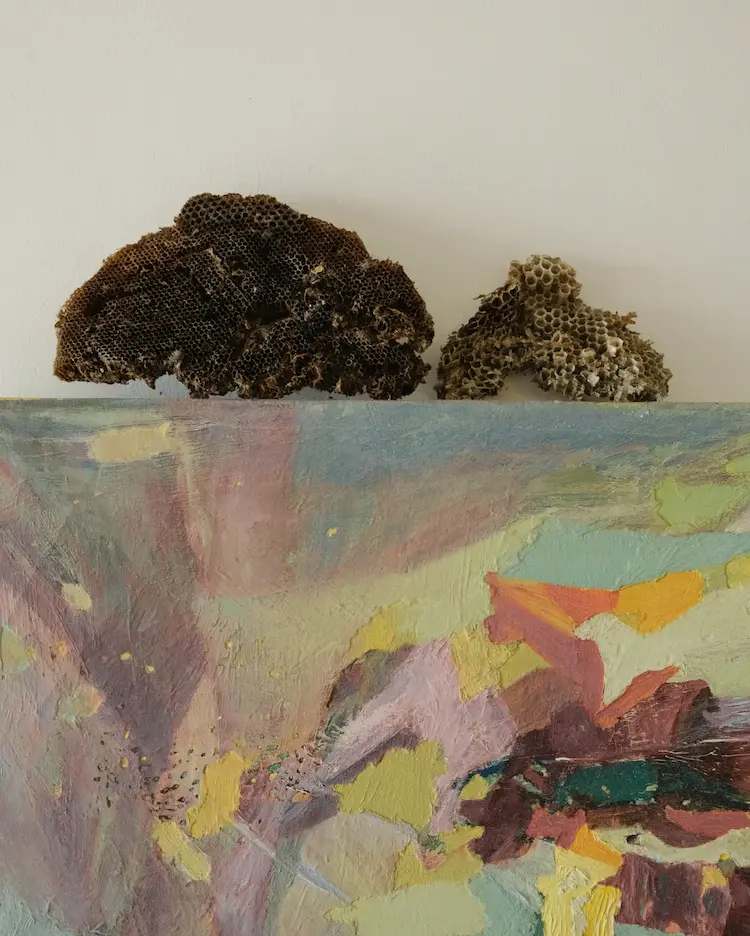
Animatedly, Waqif points to how zoning regulations in Delhi (introduced in 1961) prohibiting mixed land use had transformed the character of historic markets. While previously shopkeepers used to live above their stores, a ban on commercial establishments operating in areas marked for residential use reconfigured living and working patterns in the city. These regulations were overturned in 2006, resulting in yet another churn — the latest amongst a long litany constantly reshaping the city over centuries, each obscuring but not entirely erasing the one that came before.
As we wrap up our interview, I pause to ask how his belief in regeneration and reuse seeps from the artistic and theoretical into the personal. Waqif admits that he’s a hoarder, but insists that he has no sentimental attachments to the things he hoards. In fact, he tells me that over the course of moving to the smaller workshop after the pandemic, he gave away dozens of kilos of bits and bobs to the kabadiwala. At this point, I sense that parental responsibilities are tugging Waqif away from our conversation. I ask my final question: what’s the one thing he’s given away that he still misses?
“Once, I exchanged a pair of shoes for a sheepskin, on a trek. I then used that sheepskin to make a sculpture — and sold it. I miss that sheepskin.”
_________________________________________________________________________________________________________
Anish Gawande is a writer and curator. He is also the founder of the Dara Shikoh Fellowship, an interdisciplinary arts residency, and Pink List India, the country’s first archive of politicians supporting LGBTQIA+ rights.